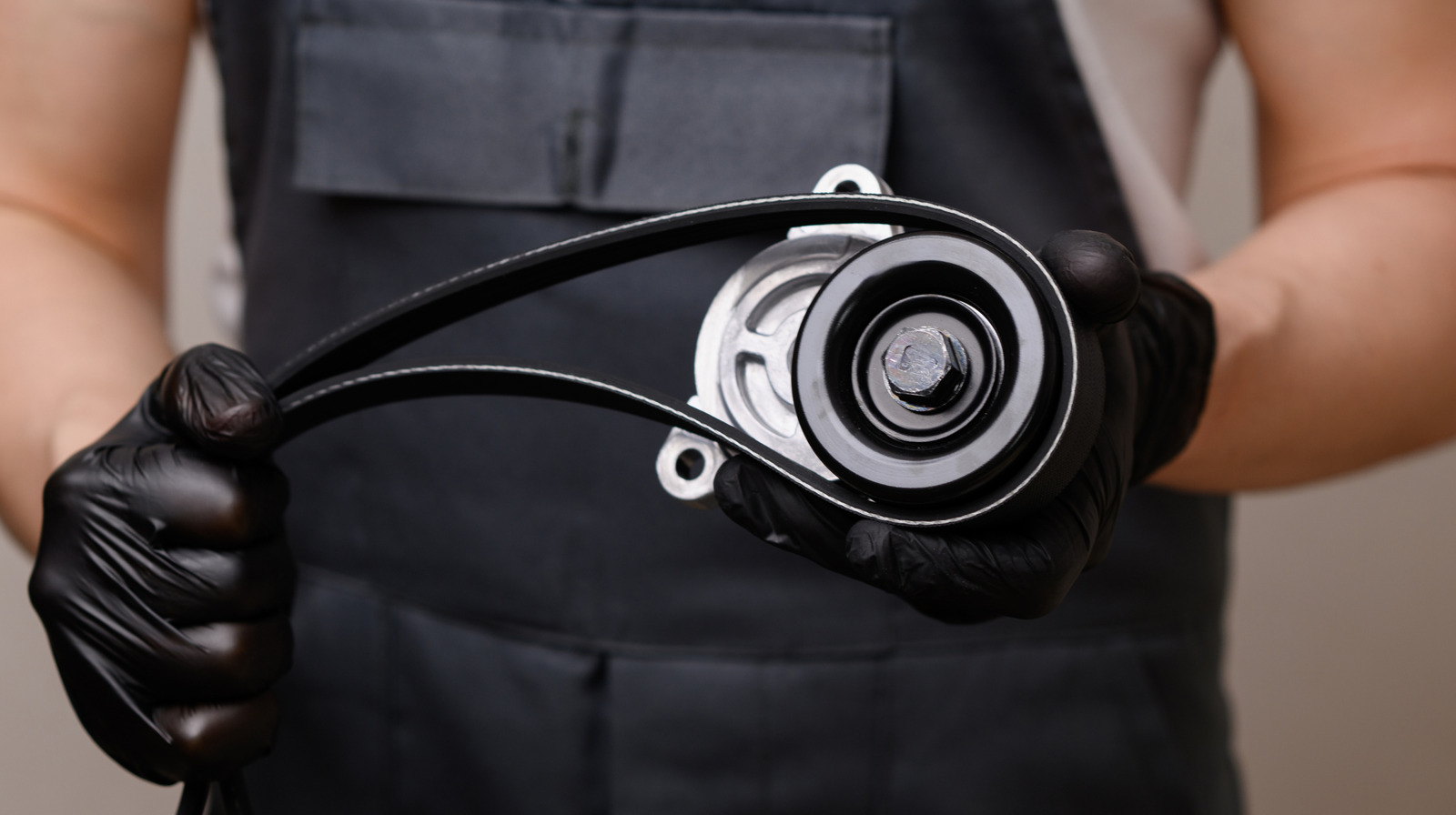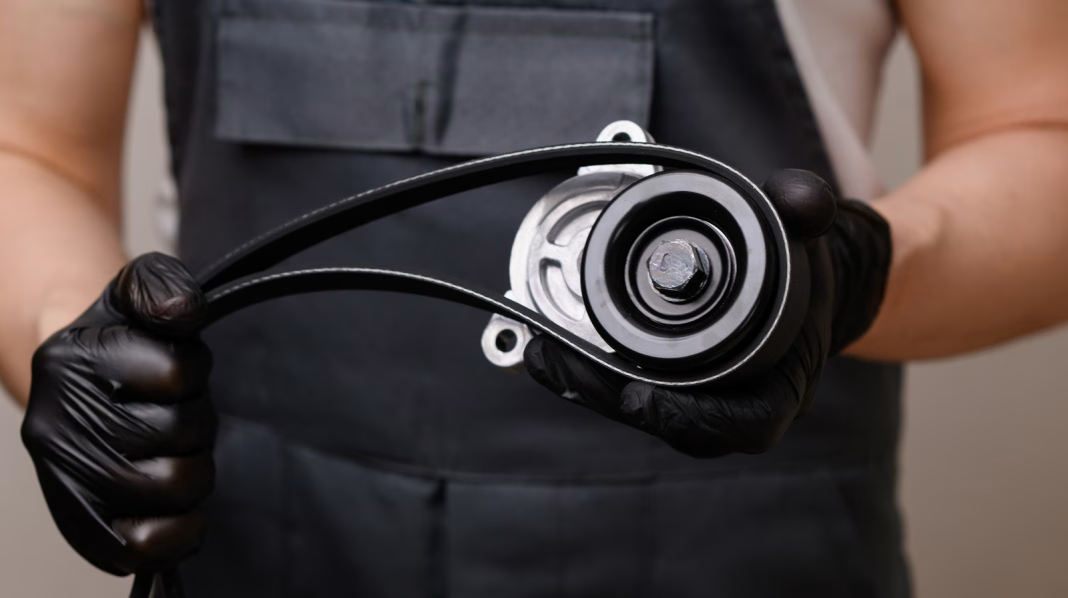Ever wondered what makes your car hum along smoothly? That spinning belt you see when you pop the hood is more than just a piece of rubber; it’s the serpentine belt, and it plays a crucial role in keeping your vehicle running efficiently. Let’s dive into what this belt does, why it’s so important, and how to keep it in tip-top shape.
What Exactly is a Serpentine Belt?
The serpentine belt is a long, winding belt that snakes around various components of your engine. It connects the crankshaft to multiple accessories like the alternator, power steering pump, water pump, and air conditioning compressor. Essentially, it’s the unsung hero of your car’s engine, transferring power and ensuring everything runs smoothly. If you’ve ever experienced a car that suddenly loses power steering or overheats, there’s a good chance the serpentine belt is involved.
Why is the Serpentine Belt So Important?
Think of the serpentine belt as the lifeline of your vehicle’s engine. Without it, many essential functions would grind to a halt. For instance, if the belt snaps, you could lose power steering, making your car difficult to maneuver. Additionally, the water pump may stop working, leading to overheating. In short, a healthy serpentine belt means a healthy engine.
Signs Your Serpentine Belt Needs Attention
Keeping an eye on your serpentine belt can save you from a lot of headaches down the road. Here are some signs that it might be time for a replacement:
– **Squeaking or Chirping Noises**: If you hear unusual sounds coming from the engine, it could indicate that the belt is worn or loose.
– **Cracks or Wear**: A quick visual inspection can reveal cracks or fraying. If you see any damage, it’s time to replace it.
– **Engine Overheating**: If your car is running hotter than usual, the serpentine belt could be failing to drive the water pump effectively.
– **Warning Lights**: Some vehicles have dashboard indicators that alert you to belt issues. Don’t ignore these!
How Often Should You Replace It?
Most manufacturers recommend replacing the serpentine belt every 60,000 to 100,000 miles, but it’s always best to check your owner’s manual for specific guidance. Regular maintenance checks can help catch any issues early, so you’re not left stranded.
Tips for Maintaining Your Serpentine Belt
– **Regular Inspections**: Make it a habit to check your belt during routine oil changes or service appointments. Look for signs of wear and tear.
– **Listen for Noises**: Pay attention to any strange sounds when you start your car. If you hear squeaks or chirps, don’t brush them off.
– **Stay on Schedule**: Stick to the recommended replacement schedule. It’s a small investment that can save you from costly repairs later.
The big takeaway? The serpentine belt isn’t just a rubber band; it’s a vital component that keeps your car running smoothly. By staying proactive with maintenance and keeping an eye out for warning signs, you can ensure your vehicle remains reliable. Start with one change this week, and you’ll likely spot the difference by month’s end.


